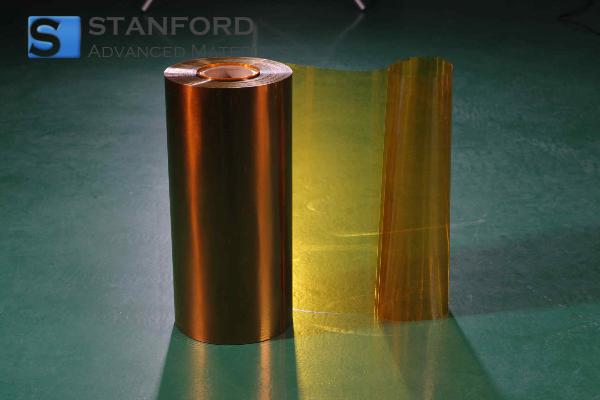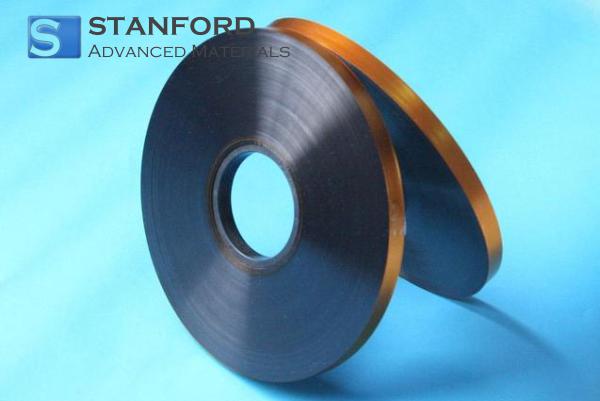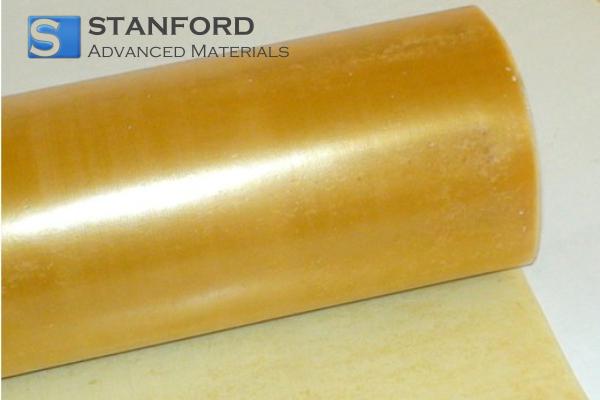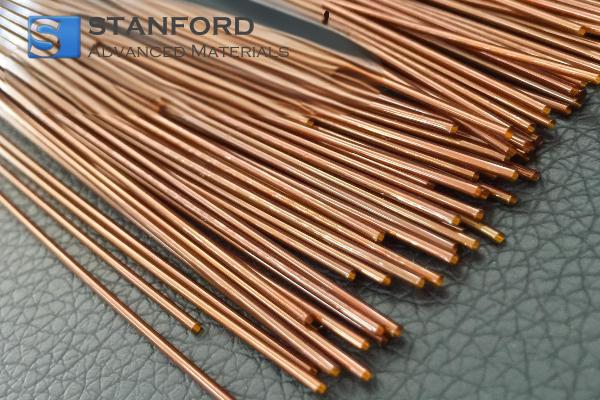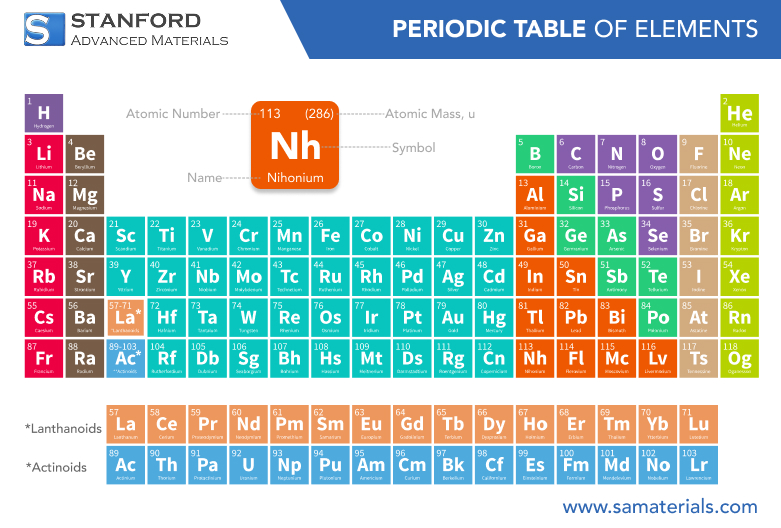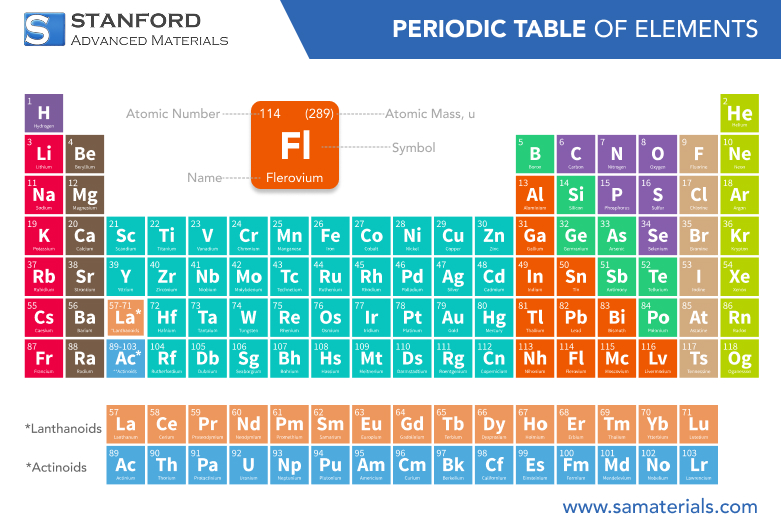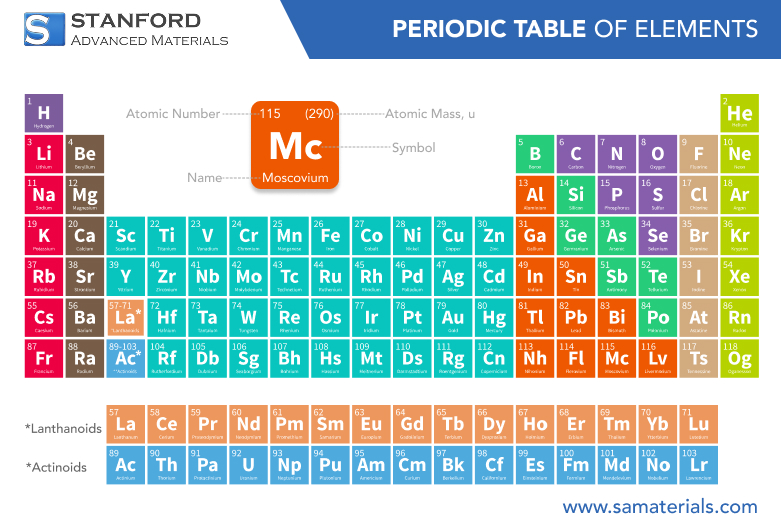Boron: Element Properties and Uses
Description
Boron is a unique chemical element that plays an important role in various fields, including chemistry, materials science, and industry. This post provides a comprehensive overview of boron and its key attributes.
Introduction to the Element
Boron is a chemical element with the symbol B and atomic number 5. It is a metalloid, meaning it has properties that are intermediate between metals and non-metals. Boron is an essential element in many industrial and scientific applications. It is commonly found in nature as part of compounds such as borates and boric acid, rather than in its pure elemental form.
Chemical Properties Description
Boron exhibits a variety of chemical properties that make it highly useful in several reactions. It is a trivalent element, typically forming compounds where it shares three electrons. Boron is highly reactive with oxygen and can form boron oxide (B2O3), a stable compound. It also readily reacts with halogens to form halides, such as boron trifluoride (BF3). Boron compounds are often used as fluxing agents in metallurgy and as catalysts in chemical reactions. Additionally, boron has important roles in the formation of boranes, which are boron-hydrogen compounds with various applications.
Physical Properties
Boron exists in several allotropes, each with unique physical characteristics. The most common allotropes are amorphous boron and crystalline boron. Below is a table summarizing some of the key physical properties of boron:
Property | Value |
Atomic Number | 5 |
Atomic Weight | 10.81 |
Density | 2.34 g/cm³ (amorphous) |
Melting Point | 2076 °C |
Boiling Point | 3927 °C |
Electrical Conductivity | Poor conductor |
Appearance | Black or brown powder (amorphous), metallic sheen (crystalline) |
Crystal Structure | Rhombohedral (crystalline) |
For more information, please check Stanford Advanced Materials (SAM).
Common Uses
Boron has a variety of applications across several industries. Some of the most common uses include:
- Glass Manufacturing: Borosilicate glass, which contains boron oxide, is resistant to thermal shock and is used in laboratory glassware and cookware.
- Fertilizers: Boron is an essential nutrient for plants, and boron compounds are used in fertilizers to improve plant growth.
- Semiconductors: Boron is used in the production of semiconductors and electronic components, where its ability to control electrical conductivity is essential.
- Detergents: Borates are often included in detergents to improve their cleaning power.
- Alloying Agent: Boron is used as an alloying agent in steel production, enhancing the hardness and strength of steel.
Preparation Methods
Boron is typically extracted from its ores, the most common of which are borax (Na2B4O7·10H2O) and kernite (Na2B4O6(OH)2·3H2O). The element itself is not typically found in nature in its pure form. The most common method of preparing boron is by reducing boron trifluoride (BF3) with hydrogen:
- Reduction of BF3: Boron trifluoride is reacted with hydrogen gas at high temperatures, producing elemental boron and hydrogen fluoride gas.
In industrial settings, boron is also prepared using other methods, including electrolysis or reduction of boron oxide (B2O3).
Related Industrial Products
Boron compounds are critical in various industrial applications. Some of the related products include:
- Borosilicate Glass: Known for its resistance to thermal shock, this type of glass is used in laboratory equipment, cookware, and scientific instruments.
- Borax: Used in laundry detergents, cosmetics, and as a flux in metalworking.
- Boron Carbide (B4C): A hard material used in the manufacture of abrasive products, armor-piercing ammunition, and neutron absorbers in nuclear reactors.
Frequently Asked Questions
What are the most common uses of boron in industry?
Boron is used in glass manufacturing, fertilizers, semiconductors, detergents,
and as an alloying agent in steel production.
Is boron harmful to humans?
While boron in its pure form can be toxic, boron compounds are generally safe
when used in small amounts, such as in fertilizers and detergents.
How is boron extracted from its ores?
Boron is extracted from ores like borax and kernite, primarily through methods
such as reduction with hydrogen or using electrolysis.
What is the role of boron in plant growth?
Boron is an essential micronutrient for plants, aiding in cell wall formation
and promoting healthy growth.
What are some key industrial products that contain boron?
Borosilicate glass, borax, and boron carbide are some of the key products that
contain boron, used in a variety of industries.

